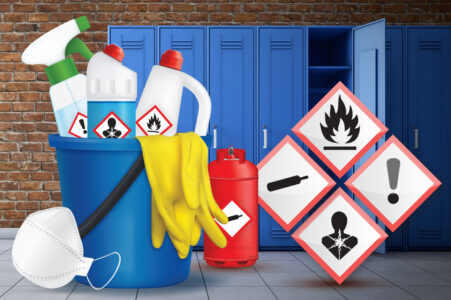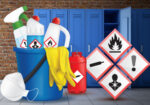If hazardous substances are not handled correctly, they might become harmful. Certain substances have the potential to cause immediate health impacts, such as burns and poisoning, or they may cause long-term health problems, such as cancer, lung damage, or nerve damage. Others, such flames, explosions, and corrosion, may provide a bodily risk. Certain dangerous compounds can be physically as well as health-threatening.so resolve issues at your location get service from us

